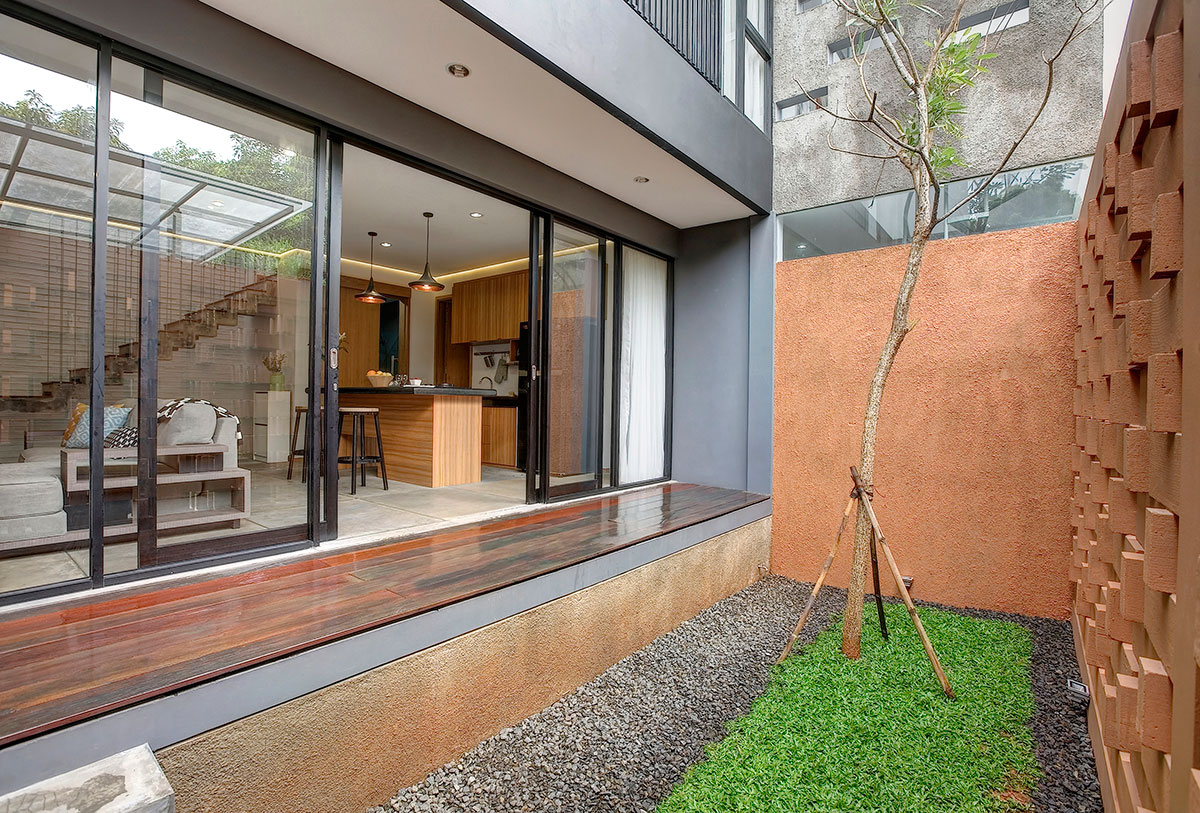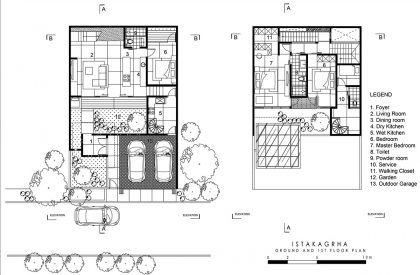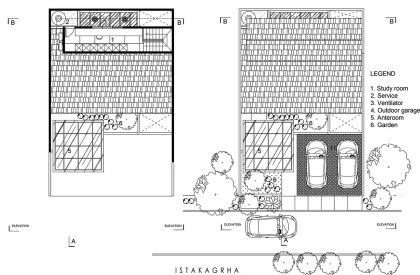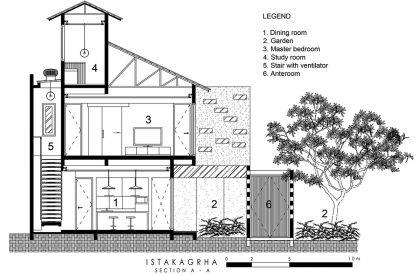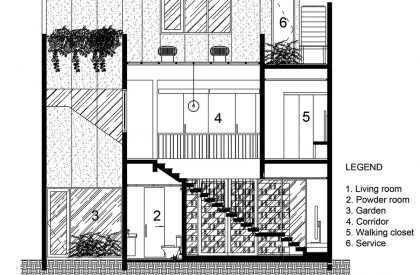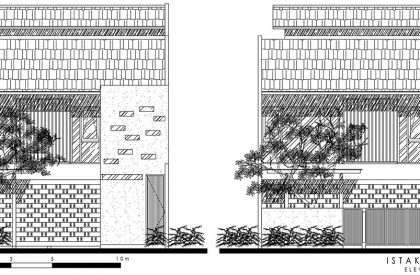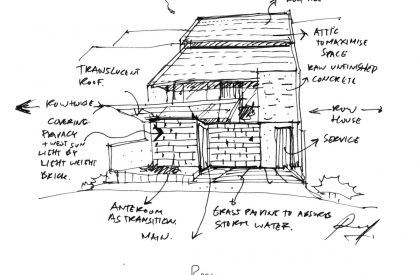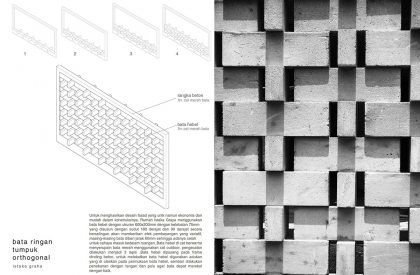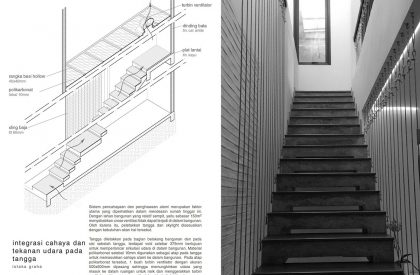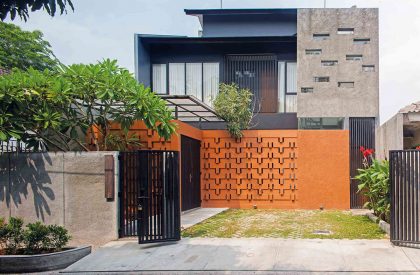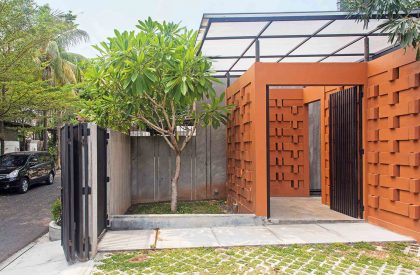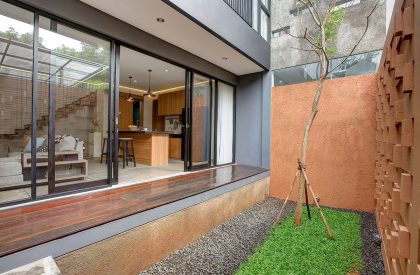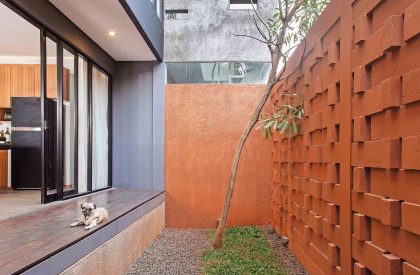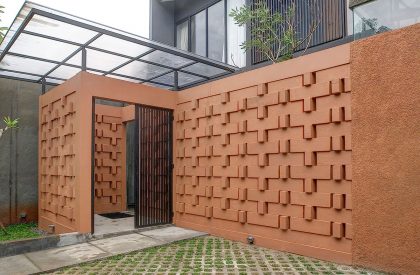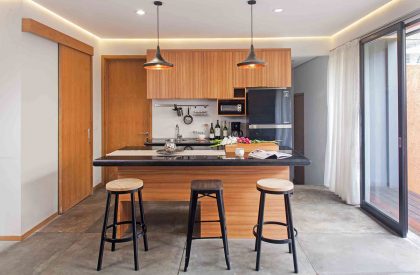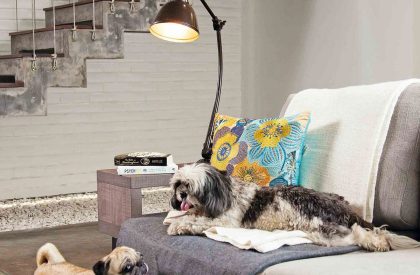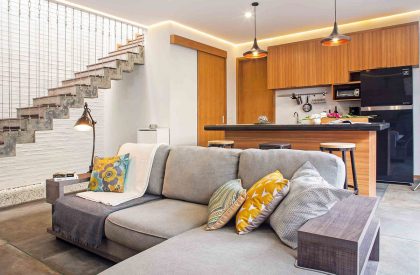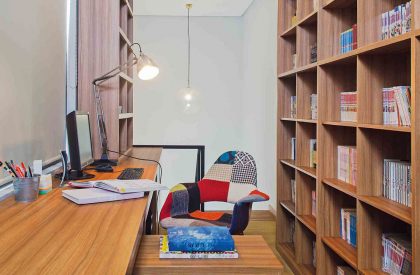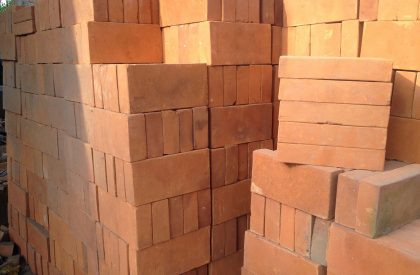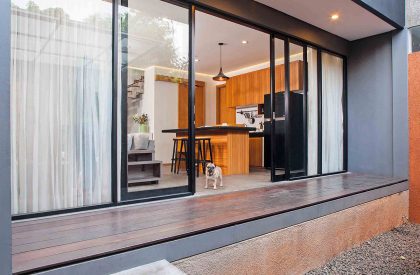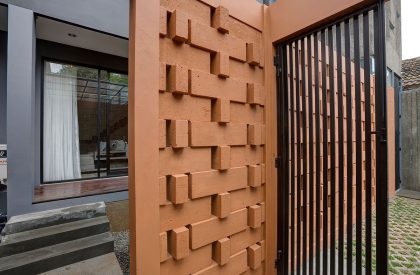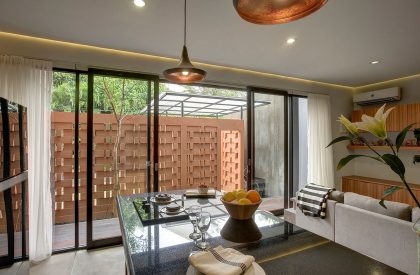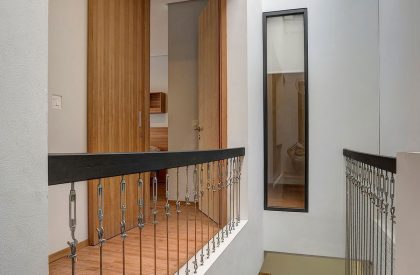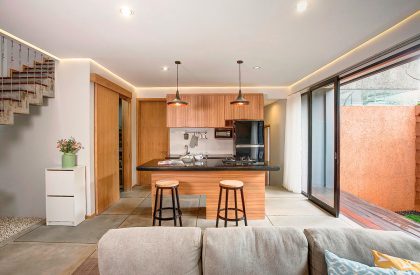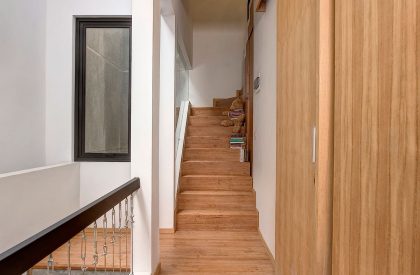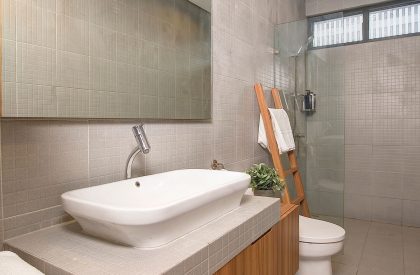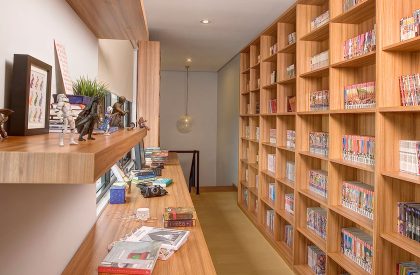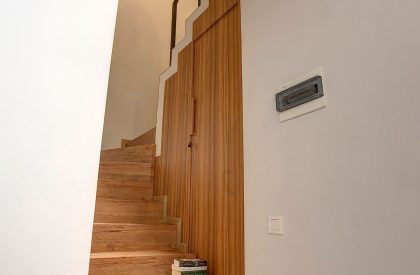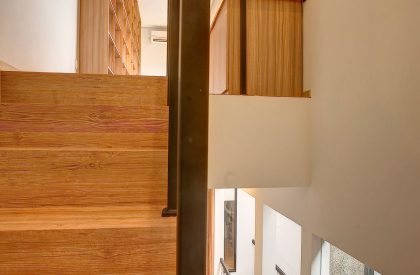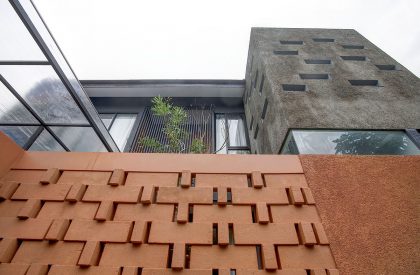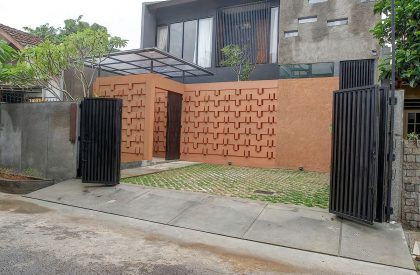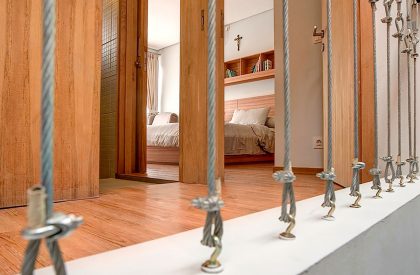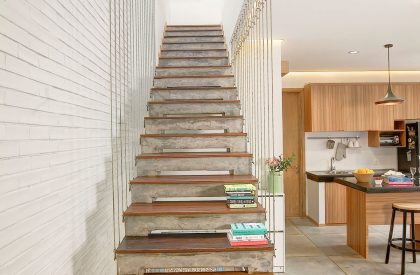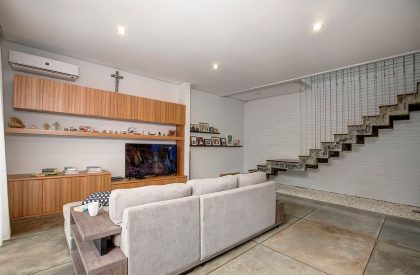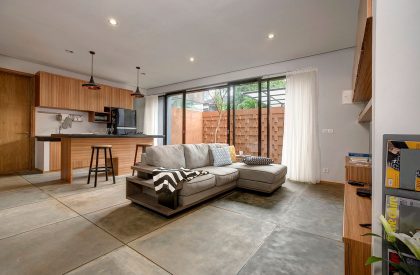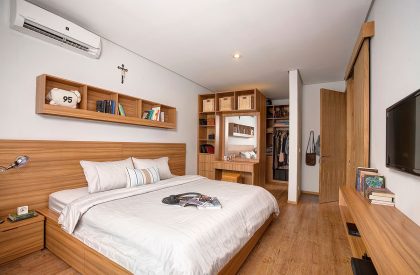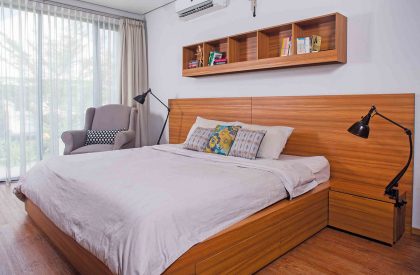Excerpt: Istakagrha designed by Realrich Architecture Workshop, reflected by its name, brick house, is a small and compact house with an orange painted colour on the bricks, a black coloured walls, and rough concrete texture finishes. Istakagrha sets a perfect example of a house with a small plot of land in Jakarta with a sustainable design approach and maintaining privacy through a simple form, created by stacking of brick.
Project Description
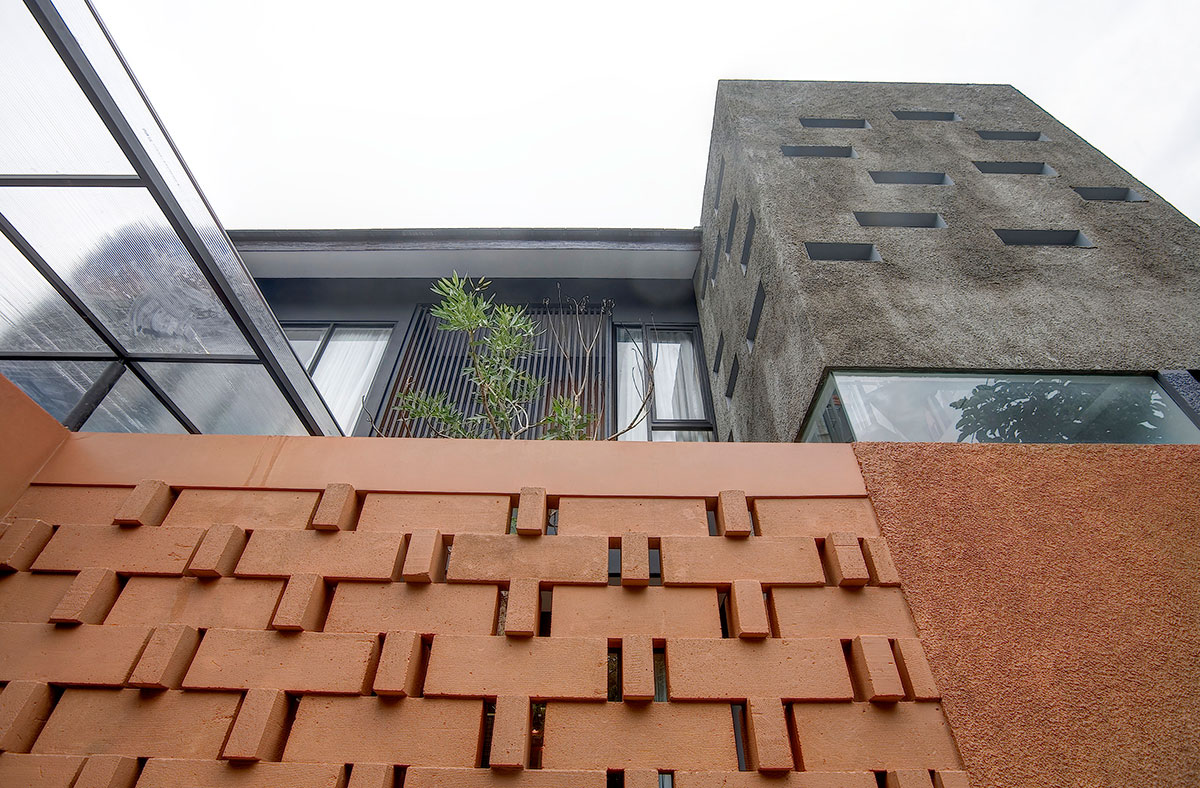
[Text as submitted by architect] Istakagrha is situated in the crowded West Jakarta area, and the 180-square-meter house occupies a 150 sq.m. plot of land. Istakagrha, reflected by its name, brick house, is a small and compact house with an orange painted colour on the lightweight brick, a black colour, and rough concrete texture finishes. The expression creates a humble and distinctive look.
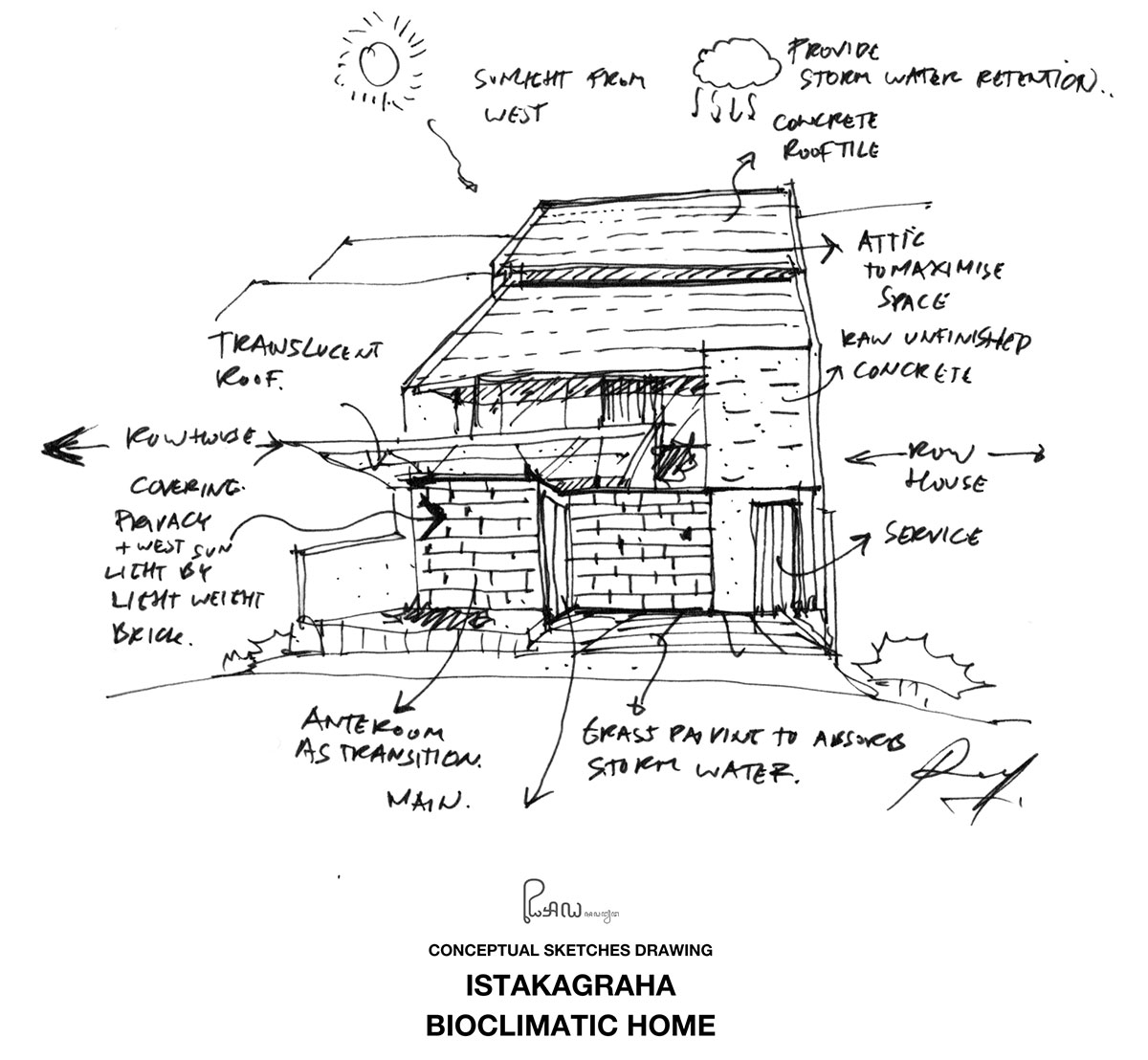
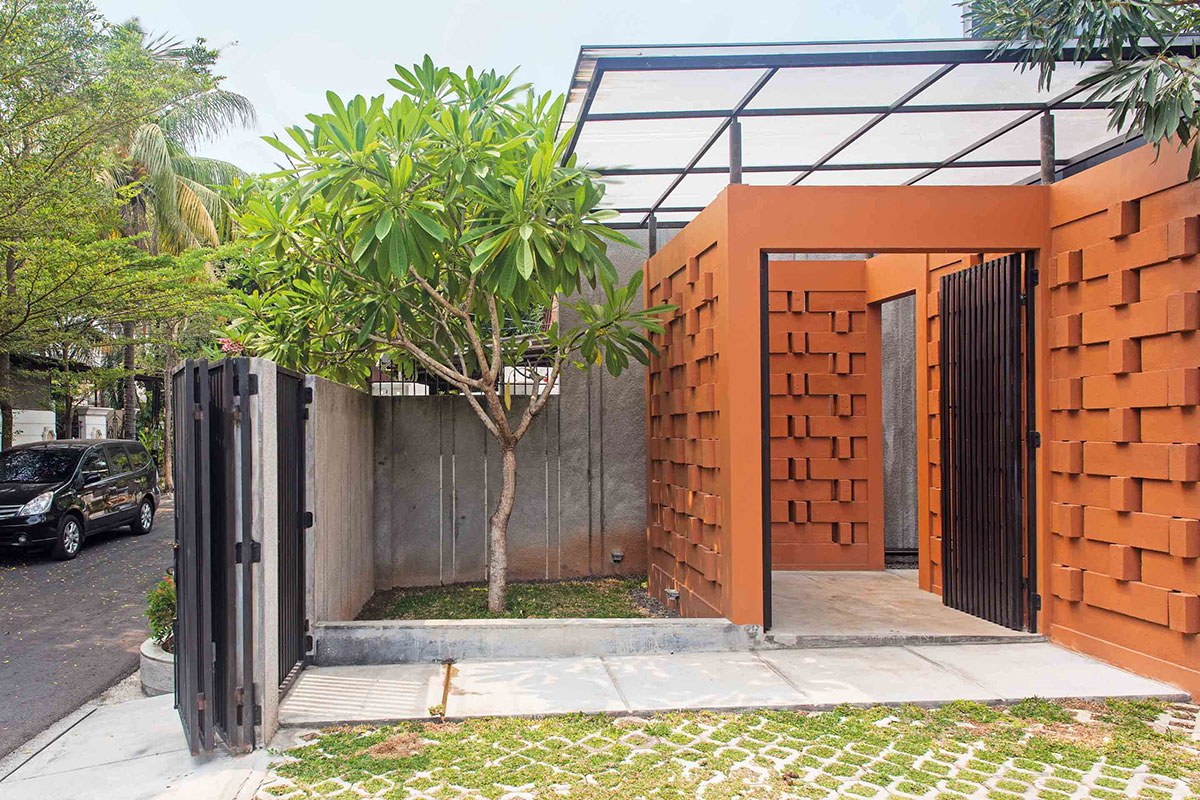
“We have a dream to have a house that is like a villa in Bali. A house is more than functional but a place to live and grow with the feel of nature; we really love staying in the tranquil house,” explains the homeowner, a graphic designer couple who are willing to have a compact ecological house that is resort-like.
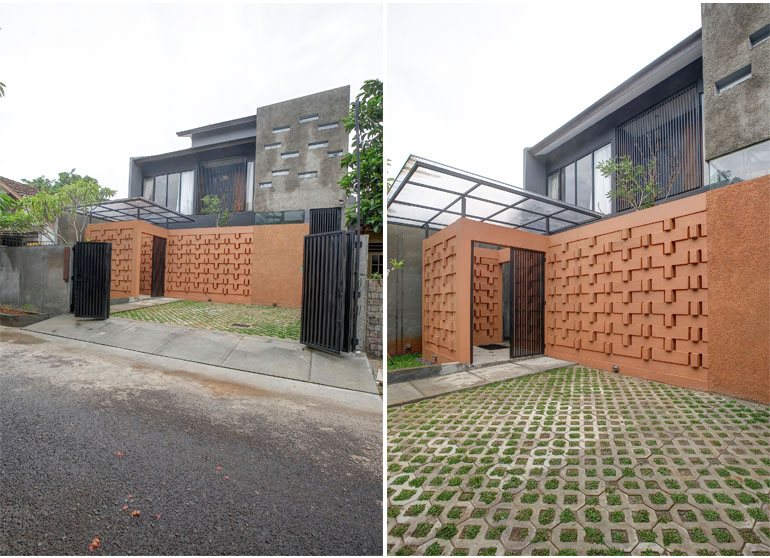
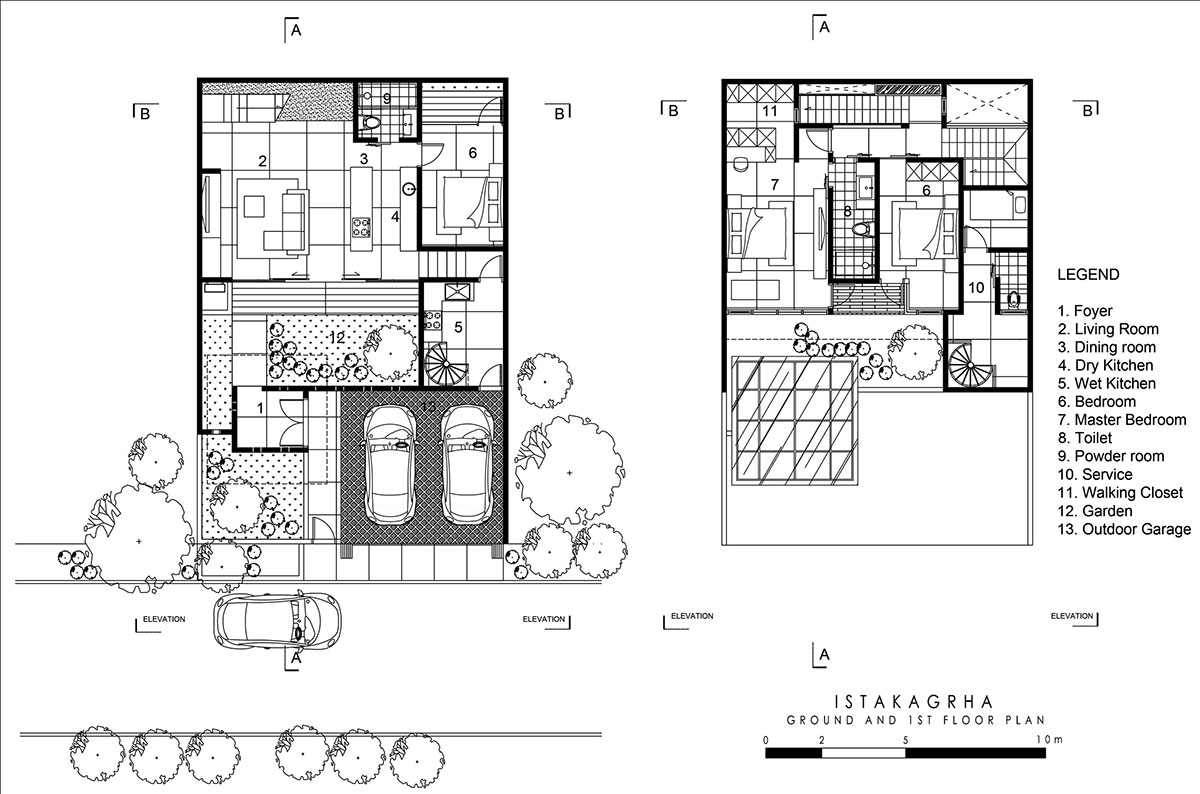
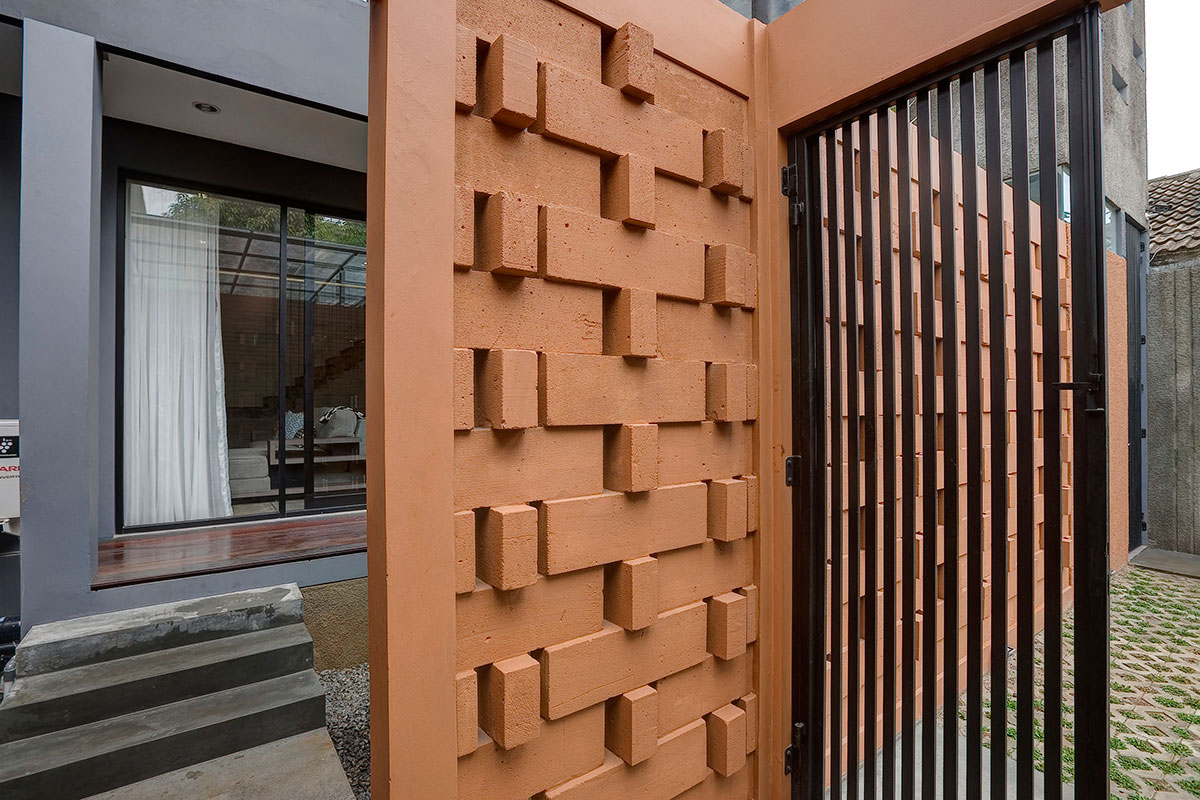
The architecture is separated inside and outside by a barrier wall made of lightweight brick. The combination is stacked with a pattern of solid void, which provides a sense of privacy and security while allowing sunlight and air circulation to flow inside the living room.
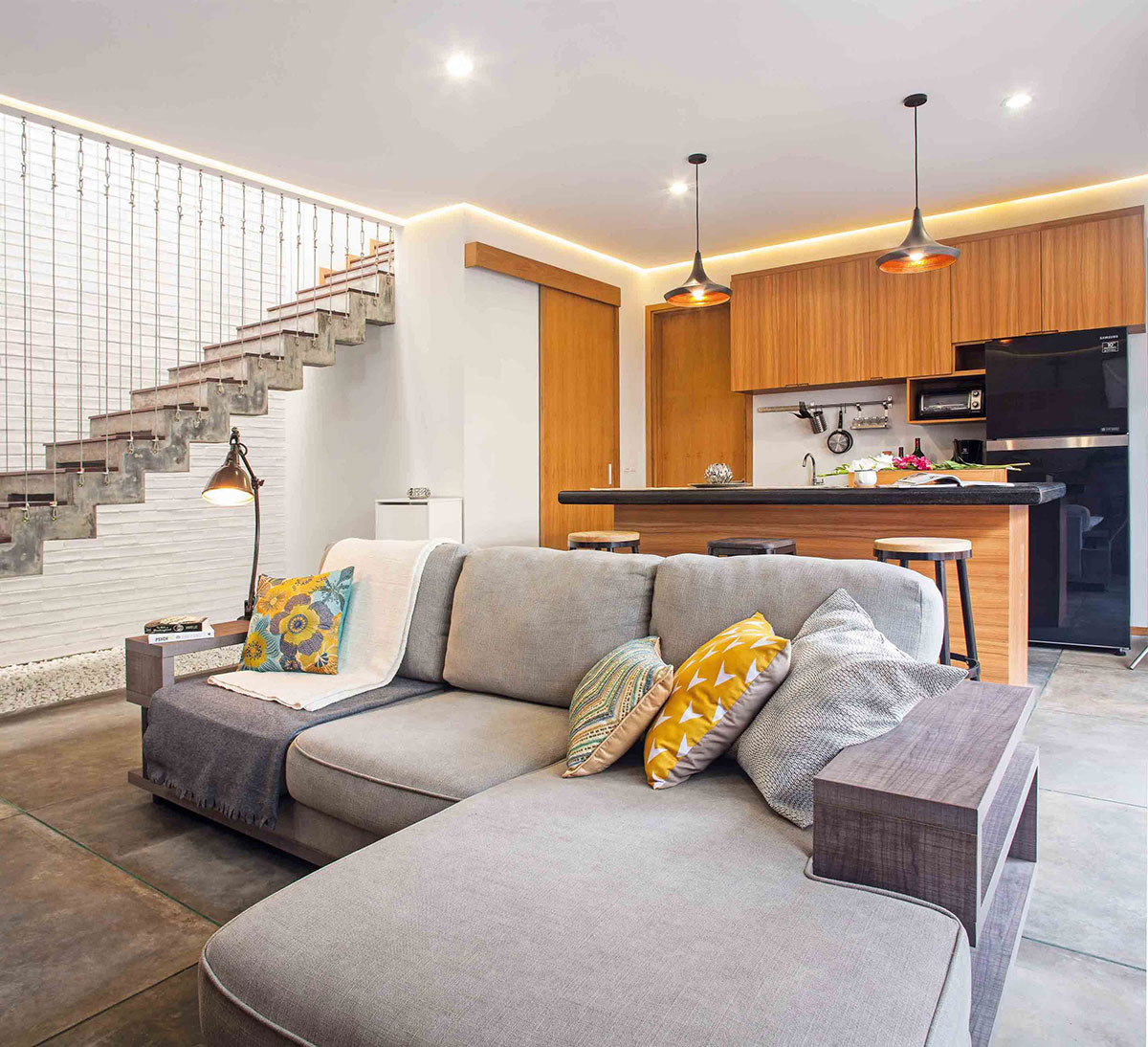
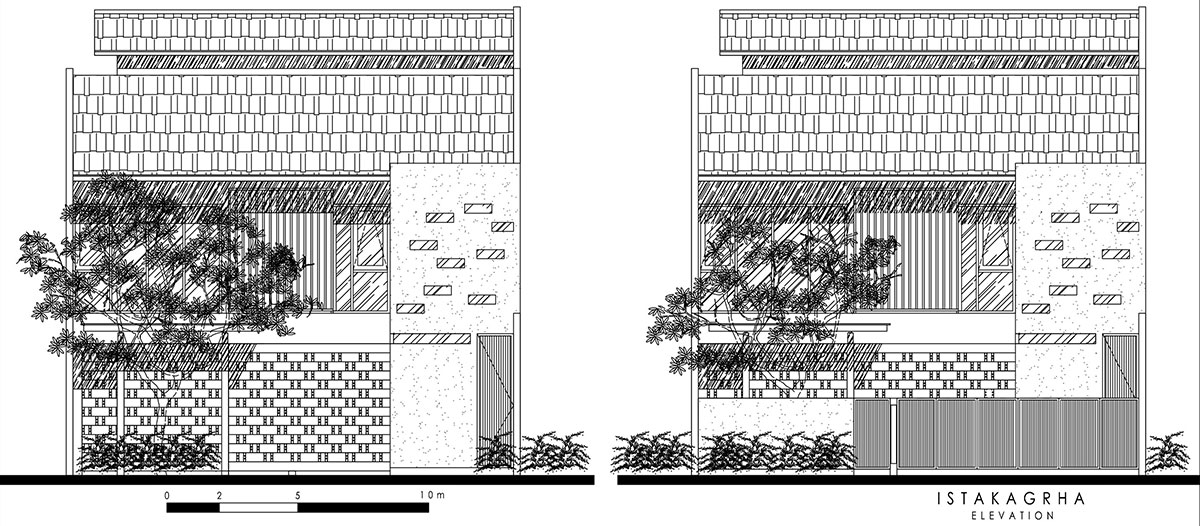
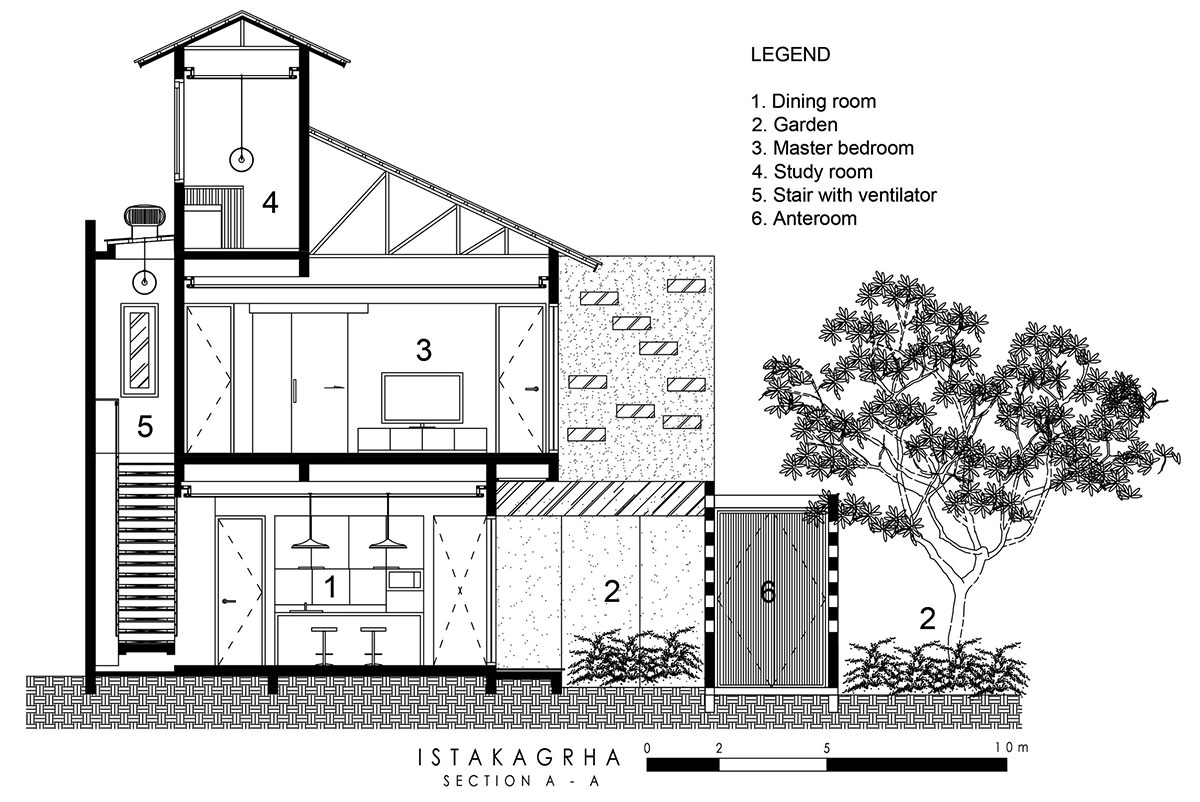
The house faces the east side, allowing morning sunlight to come to the space at 9 a.m. The stair is placed on the west side, and the west side is walled with brick to provide thermal insulation. The air ventilator is placed on the west side of the house, above the stairs from the ground to the first floor, providing fresh air circulation through an air stacking effect. The house has one open-air receiving area as an anteroom, and there is no more separation wall between living, dining, and cooking in the living room. The kitchen also takes some importance; its final layout is the result of a few adjustments based on the owner’s domestic habits.
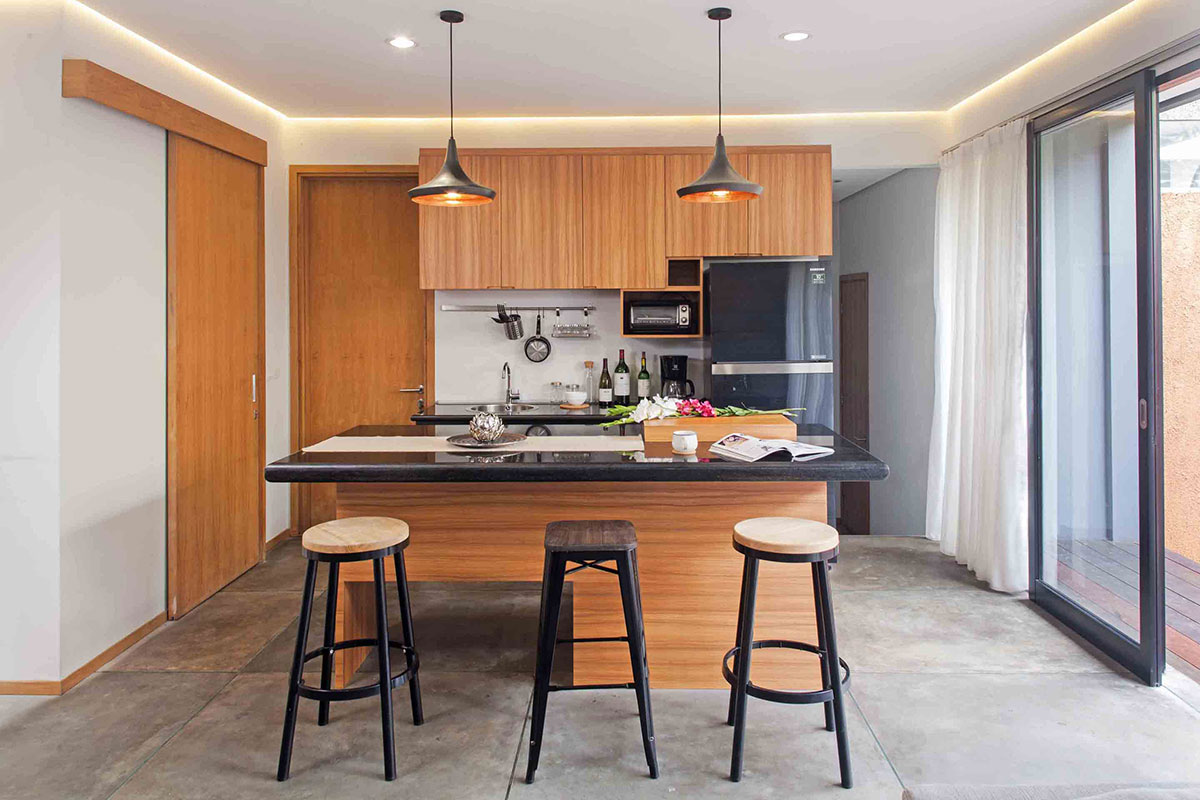
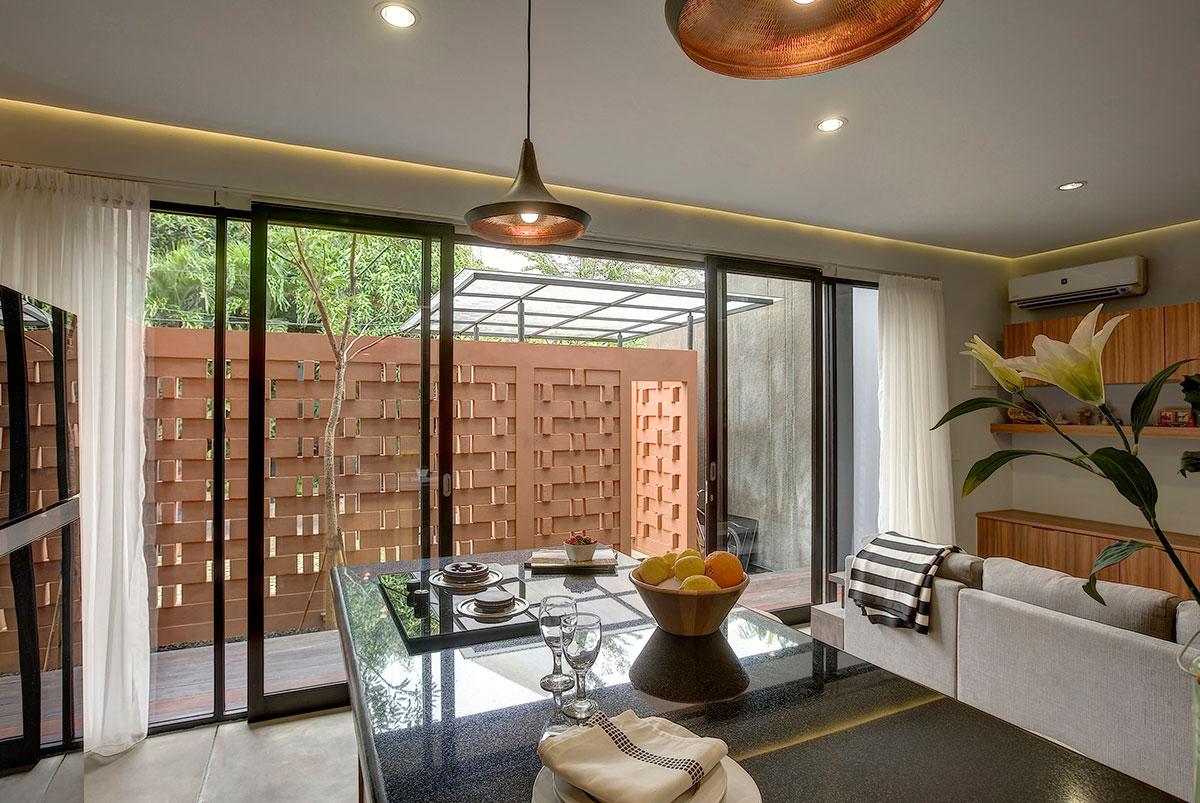
The only enclosed space on the ground floor is the guest room, which doubles as a working space and guest bedroom. A simple foyer and a light well integrated with stairs are on the west side of the building. The first floor houses private spaces. At the end of the corridor is a bedroom with a shared bathroom and a walk-in closet.
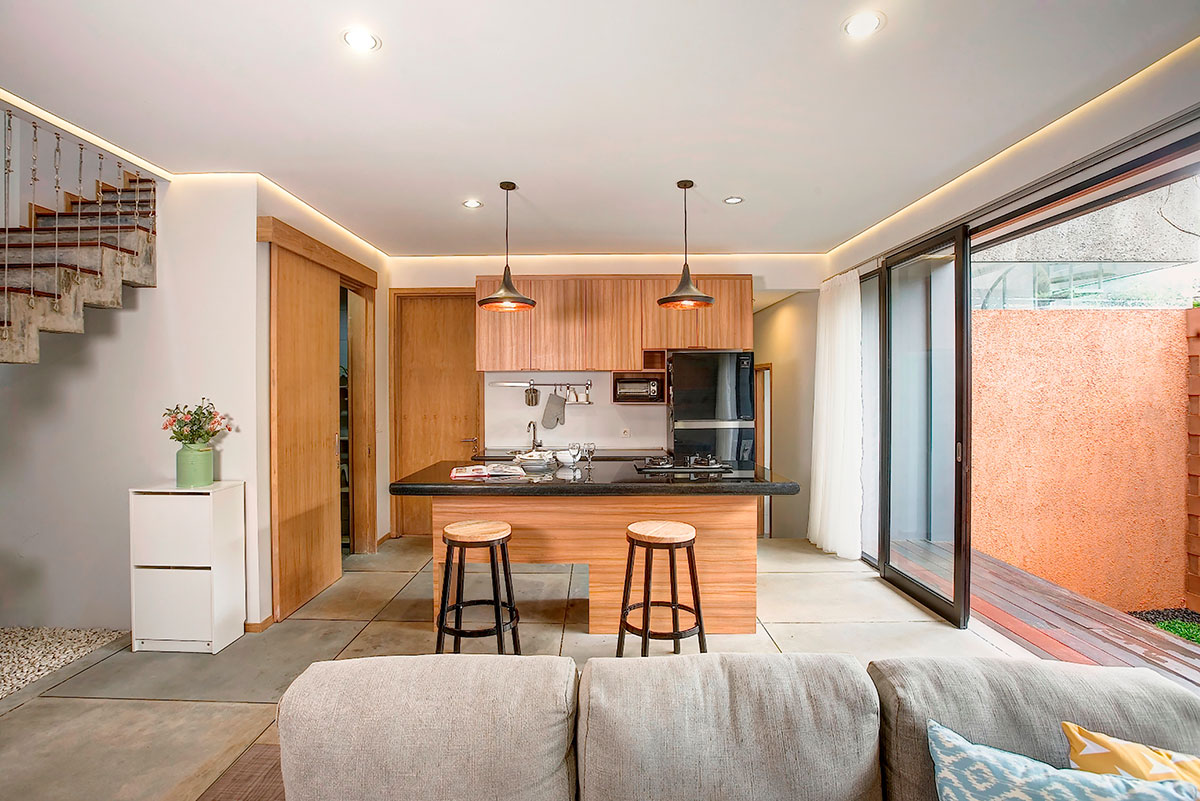
The material used is based on the craftsmanship available in Jakarta; the concrete structure is used because of cost efficiency; engineered wood is used because of its look and lightness; the metal frame for the facade; and sun shading is used because of durability.

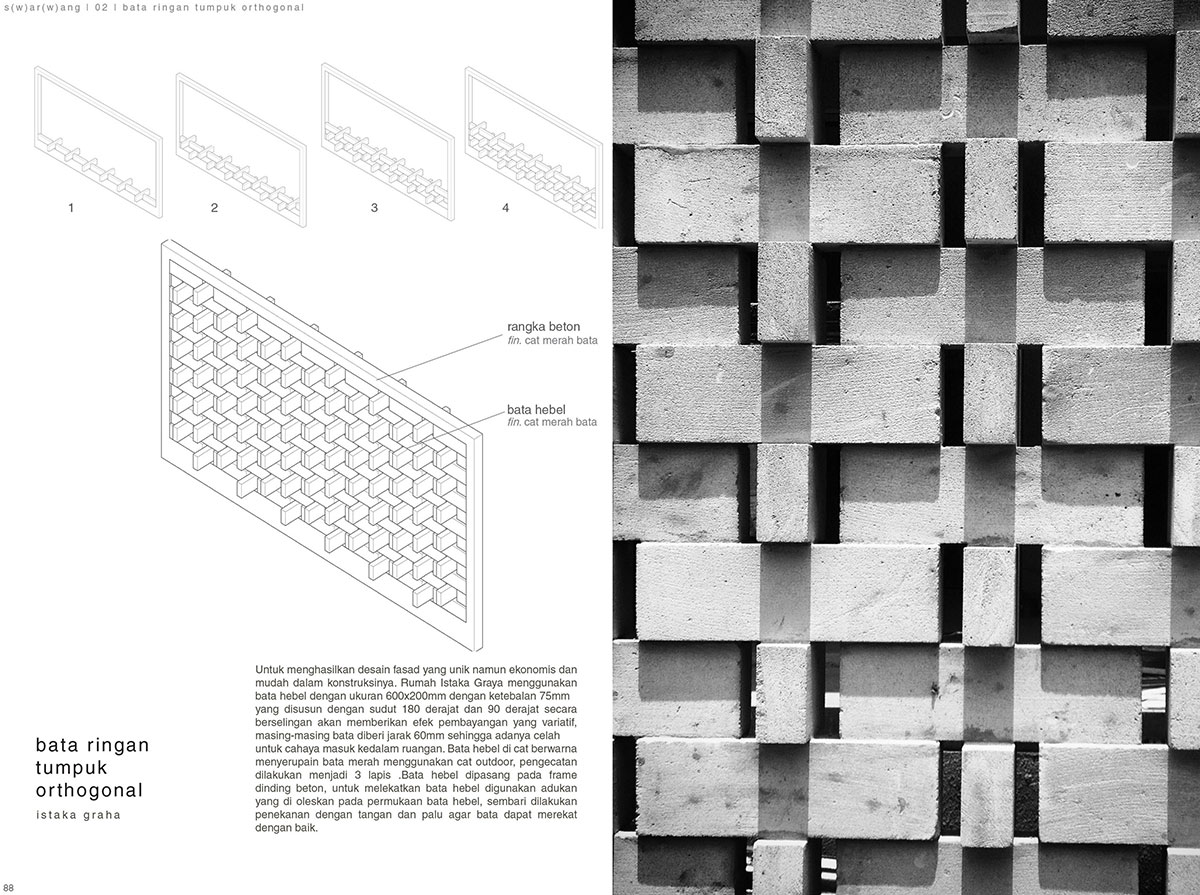
Three types of brick were used. First is lightweight brick, 200 x 600 x 100 mm. Lightweight brick is used because of its lightness and precision and because it can be easily moulded and constructed as a facade. The second is orange brick, the most common material used in Jakarta. Third is a 50 mm x 150 mm x 10 mm ceramic brick, which is used for covering the stair wall as insulation and interior surface. Istakagrha showed an example of a house with a small plot of land in Jakarta with a sustainable design approach and keeping privacy through a simple form, which is stacking brick.
